Digital Nomad Guide to Living and Working Remotely in Seoul
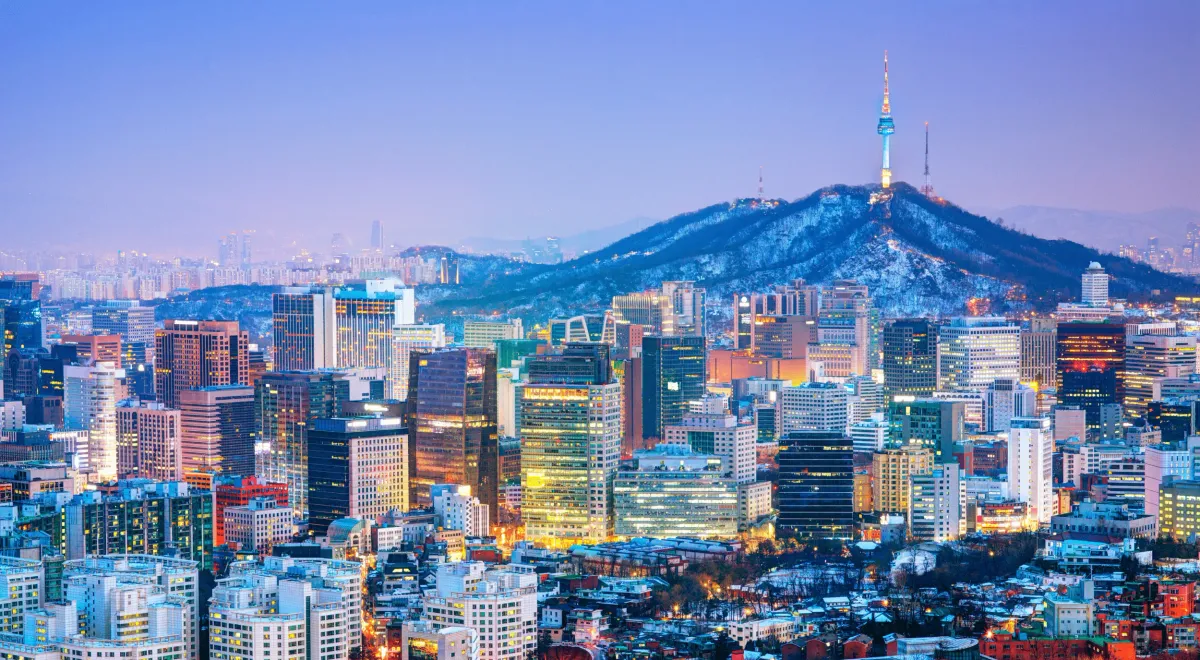
Despite the higher cost of living (especially rent), Seoul is becoming a go-to destination for digital nomads. The high-speed internet is widely available, communities are blooming, there are a myriad of cafés and (free) co-working spaces, and there's always something to do.
The city feels like a typical Asian city but with the vibes of modern Western cities. This makes it easier for you to find your marks there, though you will still have to find a way to tame it.
So let's jump together in the world of Seoul and discover what the pros & the cons of the city are, how to navigate the high cost of living, how to avoid a few traps, and how to make the most of your stay with our complete digital nomad's guide to Seoul.
Living and Working Remotely in Seoul: My Experience
The Good
- One of the Safest Cities – Seoul is often seen as one of the safest cities in the world to the point that people will put their phone or wallet to reserve a table on a busy terrace while they order something inside. The only thing to be careful about is if you have a bike or leave your umbrella somewhere!
- Efficient & High Quality – Once you get a taste of how things work in Seoul, it's hard to go back. Same-day delivery of pretty much everything. Clean and efficient subway system. Digital wait lines to do something else instead of waiting in line. Quality, affordable, and fast healthcare system. And many more! Pretty much everything is optimized and works well, except when it comes to paperwork and government stuff.
- Culturally Rich – Temples, museums, ancient villages, traditional markets, and dark history. South Korea went from one of the poorest countries to one of the richest in the span of 50 years. There is much to learn and discover in every corner of the city, in addition to visiting the same restaurants your K-Pop idol went to when they were younger.
- Strong Communities – There are many different (English-speaking) communities for all kinds of interests in Seoul. So many that it might sometimes be tricky to know which one to join. For example, there are at least four different communities for digital nomads alone. So try them all and see for yourself which one you feel like you belong to more.
The Bad
Because there is no such thing as a perfect place, let’s now see what could make you grimacing as a remote worker or digital nomad exploring Seoul.
- Cost of Living – Forget about doing the groceries: cooking at home is considered a luxury. It's quite expensive (e.g. $6 USD for a single apple), and apartments can be so small you will have little room to prepare food. Thankfully, eating out is cheap, if you don't go to fancy restaurants, as you can easily eat for $5 USD per meal. And it's delicious! Talking about apartments, if you want to stay near the city center (e.g. Hongdae, Gangnam, Itaewon, etc.) and be on your own, be prepared to live in a tiny space. Otherwise, you will have to either pay a lot (at least $1,400 USD per month), consider shared houses, or stay further away from the center.
- The Art of Ghosting – Meeting Koreans can be tricky, especially in the dating world. You can spend the best night of your life with someone, and then you hear this daunting "It was nice, let's grab dinner tomorrow." That's a flag that you might be ghosted. Usually, Koreans prefer to make plans with you and not show up rather than telling you upfront they're not interested. When reading this, you might think, "Dude, it's the same thing everywhere". Them, wait to be in Korea and see for yourself.
- Scarse access to Services as a Foreigner – In a way, you might never feel more like a foreigner than in Seoul. Even if you manage to get a local phone number (starting with 010), as long as you don't have a proper residency card, you will not have access to most services Koreans have. Coupang to order online, Socar to rent cars, affordable housing, etc., they all rely on a Korean bank account and your resident ID. The tourist versions, if they exist, are less efficient and more expensive.
- The Language Barrier – Though many Koreans can understand English, they are perfectionists. Meaning they will not speak in English if they believe they are not good enough. Making it harder to use and access local services or rent more affordable housing. But it's not that much of a bad thing: learning a few key sentences in Korean is easy and goes a long way!
- Tradition and Progress in South Korea – South Korea's amazing economic rise, fueled by a switch from Confucian traditions to a more capitalist approach, has been a double-edged sword. The strong work ethic and focus on education from Confucianism definitely helped them succeed. But there's a worry that some of the great things about Korean culture, like super close families and a strong sense of community, might be getting lost in the shuffle.
Seoul's Top Neighborhoods for Digital Nomads
There is a bit of everything for everyone in Seoul. So if you get the chance, I suggest experimenting with at least 2 or 3 different neighborhoods. Here's a list of the best areas to try in Seoul as a digital nomad:
- Hongdae & Hapjeong – These neighborhoods attract most foreigners and young people. It's a good spot for meeting with new people, going shopping, rock climbing, café hopping, small jazz bars, and tons of restaurants.
- Sinchon – Close to some universities, Sinchon is a bit quieter with many apartments for students and working professionals.
- Huamdong – Small residential area not too far from Seoul Station. There are some street markets, plenty of restaurants and cafes, and it's less busy than most other central places in Seoul.
- Itaewon – One of the most foreigner-friendly neighborhoods in Seoul. You will find restaurants from many different cultures, and it's a popular destination for parties and rooftop terraces.
- Seongsu – Hip and trendy neighborhood. Many small cafes, restaurants and thrift shops. Cozy vibes but still plenty of things to do.
- Gangnam – Busy and fancy areas of Seoul. If you want to network, participate in events, and join professional communities, that's your spot. Housing and restaurants are more expensive there.
- Songpa – Next to Lotte World and Jamsil Tower, you can find good apartments that are not too expensive considering their location. It's a bit less busy than other places in Seoul and you are not too far away from the Han River.
- Yangpyeong – A bit outside the city center but still very well-connected by subway (15 min to the city center, 40 min to Gangnam), you get to enjoy a more relaxed way of living. It's nice to relax and enjoy long walks, go for a jog, or ride bikes alongside Anyangcheon River.
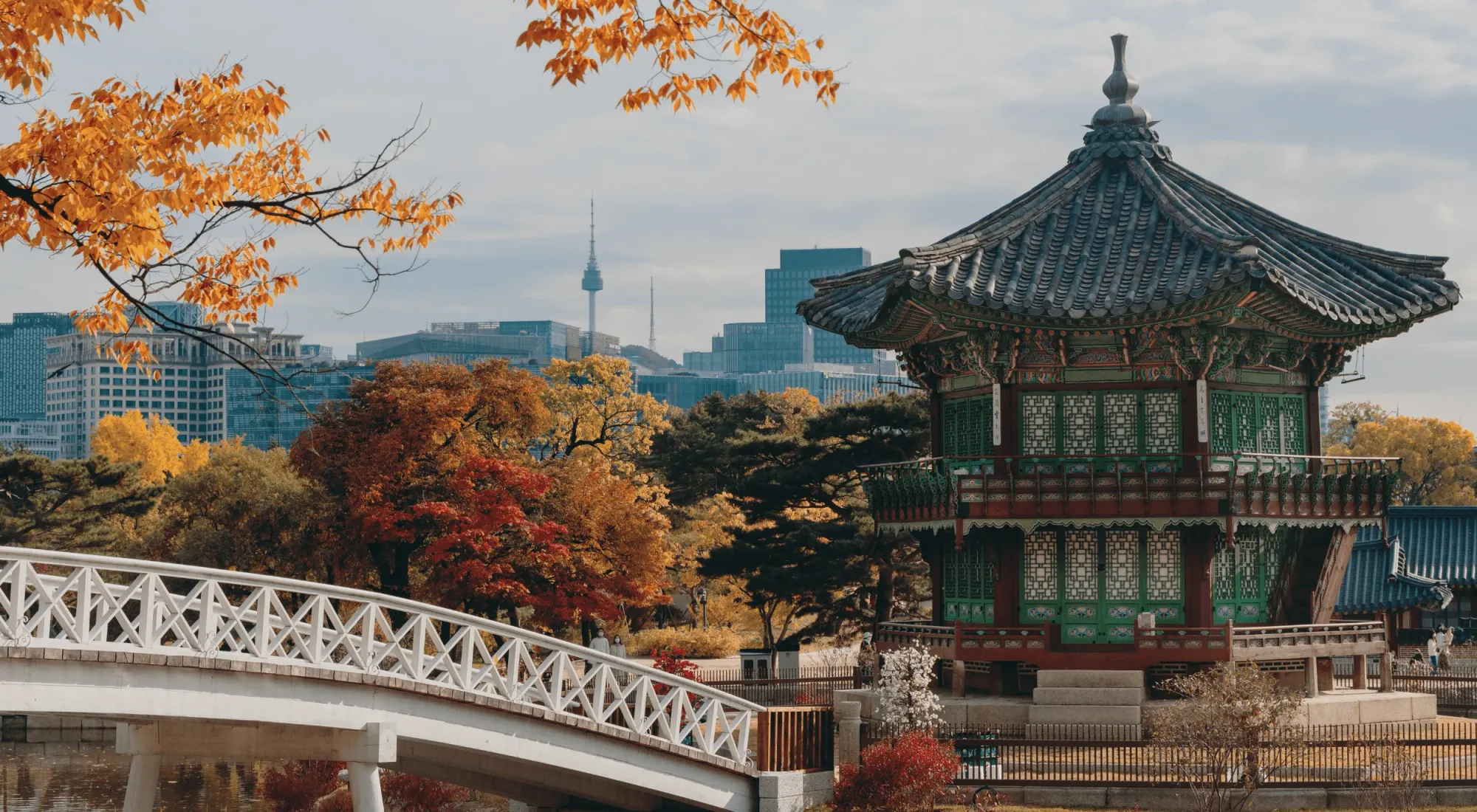
How to Find Accommodation in Seoul
Finding a mid-term (1 to 3 months) accommodation can be tricky for foreigners. There is, of course, Airbnb, Booking.com, and equivalent, but they are quite pricey as they are targeted mostly at tourists.
- Love Hotels – Yes yes, you read that right: Love Hotels. These are surprisingly affordable options with sometimes quite some space, good amenities, and good internet. It's always worth checking them out for short stays, if you don't mind the kitsch decorations and a mirror on the ceiling above your bed (don't ask why!).
- Goshiwon – Another cheap option is a goshiwon: a tiny apartment with just enough space for a bed, a shower/toilet, and if you are lucky a small desk. Can be interesting for short stays.
- Officetel – A little bit more expensive and spacious than a goshiwon, they are usually aimed at working professionals who need to temporarily work in Seoul.
- Shared Houses – Seoul is home to many lovely old townhouses converted into shared houses for students or digital nomads. They are a wonderful option for digital nomads looking to build a network of friends as well as find central accommodation for a more reasonable price.
- Coliving Spaces – Usually a bit bigger than shared houses and equipped with a coworking space, these houses are a bit more pricey than regular shared houses but even better for making new connections as they are mainly targeted at digital nomads. Some of them are mainly just for foreigners but others try to have a balance of Koreans (from outside Seoul) and foreigners.
- Private Apartments – On the more expensive side, Seoul is now offering more fully furnished apartments for foreigners with access to common areas such as coworking space, gyms, large kitchens to receive friends, etc. They are usually well-located.
For Medium-Longer Stays
If you plan to stay longer than 3 or 6 months, and you have the proper visa, you should find a trustworthy, foreign-friendly real estate agent (budongsan 부동산). There are a lot of scams out there, and many landlords will not accept rent from foreigners!
Working Remotely in Seoul
Internet and WiFi
One of the most appealing aspects of life in Seoul for a digital nomad is that the city (and the whole country) has impressive fiber-optics coverage for quick and reliable internet connections at home and in coworking spaces. Cafés can be a bit more unreliable, but you can still find some beautiful, laptop-friendly spots.
Local Sims and eSims
In case you need quick access from your phone hotspot, you would probably need a SIM. Pre-paid SIM cards are found in the airport, and telcom stores (KT, LGU+, SK, etc.). I recommend it to take it straight from the airport as it's not more expensive and more foreigner-friendly.
eSims are also quickly growing in popularity across the country, with Airalo and Jetpac being two of the most popular companies to use in South Korea.
Some Useful Apps To Stay Connected in South Korea
Korea has its own version of apps for most services. Foreign apps (such as Google Maps) don’t always work well.
- Naver Map (hint: set the language to Korean to get unfiltered results)
- Papago for translation
- Google Lens to translate text into pictures
- Shuttle for online orders
- T Locker to store your bags in lockers in the subway stations
- Uber (aka UT in Korea)
Work Spots, Laptop-Friendly Cafés and Coworking Spaces in Seoul
Free Coworking Spaces in Seoul
A good thing about Seoul is that there are two big coworking spaces that are completely free:
- Seoul Startup Hub – Even if you don't have a startup, just walk in and grab a seat in the shared desk area (main floor, on the left behind the counter when you get in).
- Google Startup Campus – You don't need a startup either, but you do need to register online first.
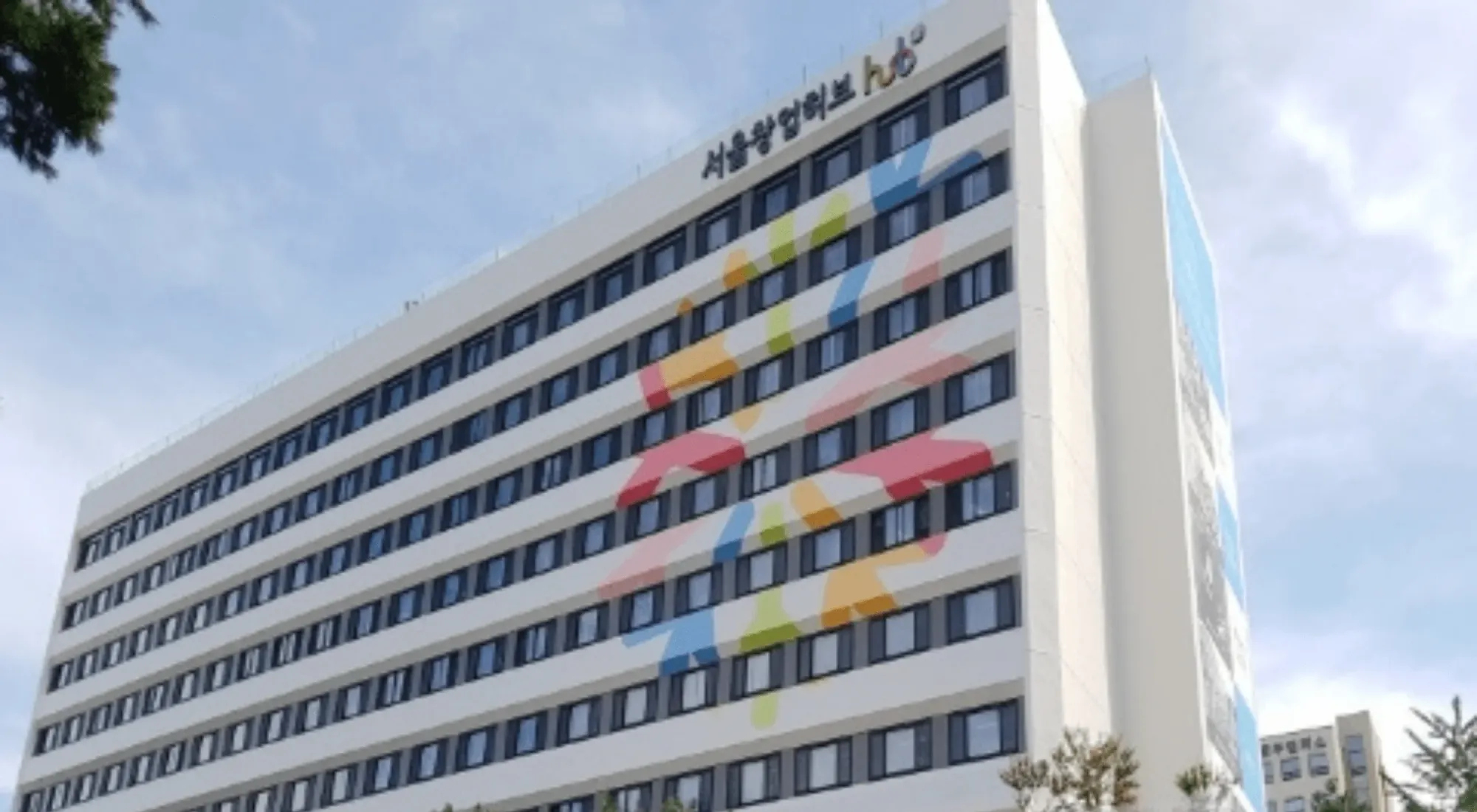
Study Cafés
A popular and quiet option is to work from a study café. All you need is a local phone number (010) to register and usually you pay by the hour. You can search for "스터디카페" on Naver Map.
Laptop-Friendly Cafés
Cafés are a big thing in Seoul. But not all of them are laptop-friendly or good to work from. It will usually be pretty safe to go with a big brand (e.g. Hollys). Here are a few to get started:
What's the Cost of Living in Seoul?
As mentioned before, rent can be quite expensive, but most other things are relatively cheap, especially food and soju. Here’s a quick overview of the costs of living in Seoul, covering most things you will do in the city.
Accommodation Costs
As always, your lifestyle choices will strongly influence the price of accommodation. If you are really on a budget, you can go with a goshiwon, ranging from $600 USD to $1200 USD per month. Small apartments or officetels start at around $1000 USD per month. Colivings and shared houses usually range from $800 USD to $1800 USD per month. Finally, apartments for couples or small families start at around $1400 USD per month.
Transportation Costs
Buses and subways are quite affordable in Seoul. Both are more or less the same price and usually range from $1 USD to $3 USD for most trips you will do around the city. Taking a taxi is a bit more expensive, but still surprisingly affordable. A 15- or 20-minute ride should cost around $7 USD. Very handy when you miss the last subway!
Restaurants and Groceries Costs
As doing the groceries in Seoul is very expensive and depends a lot on your habits, I will not cover this in detail here. On the other hand, eating out is really affordable. And I’m not just talking about street food and fast food – they are actually more expensive in most cases. So don’t be afraid of stepping into a small restaurant where nothing is translated into English: you can get a full meal there starting at around $5 USD!
As for convenience stores, you can find onigiris and kimbaps starting at $2 USD, and ramen starting at $1 USD.
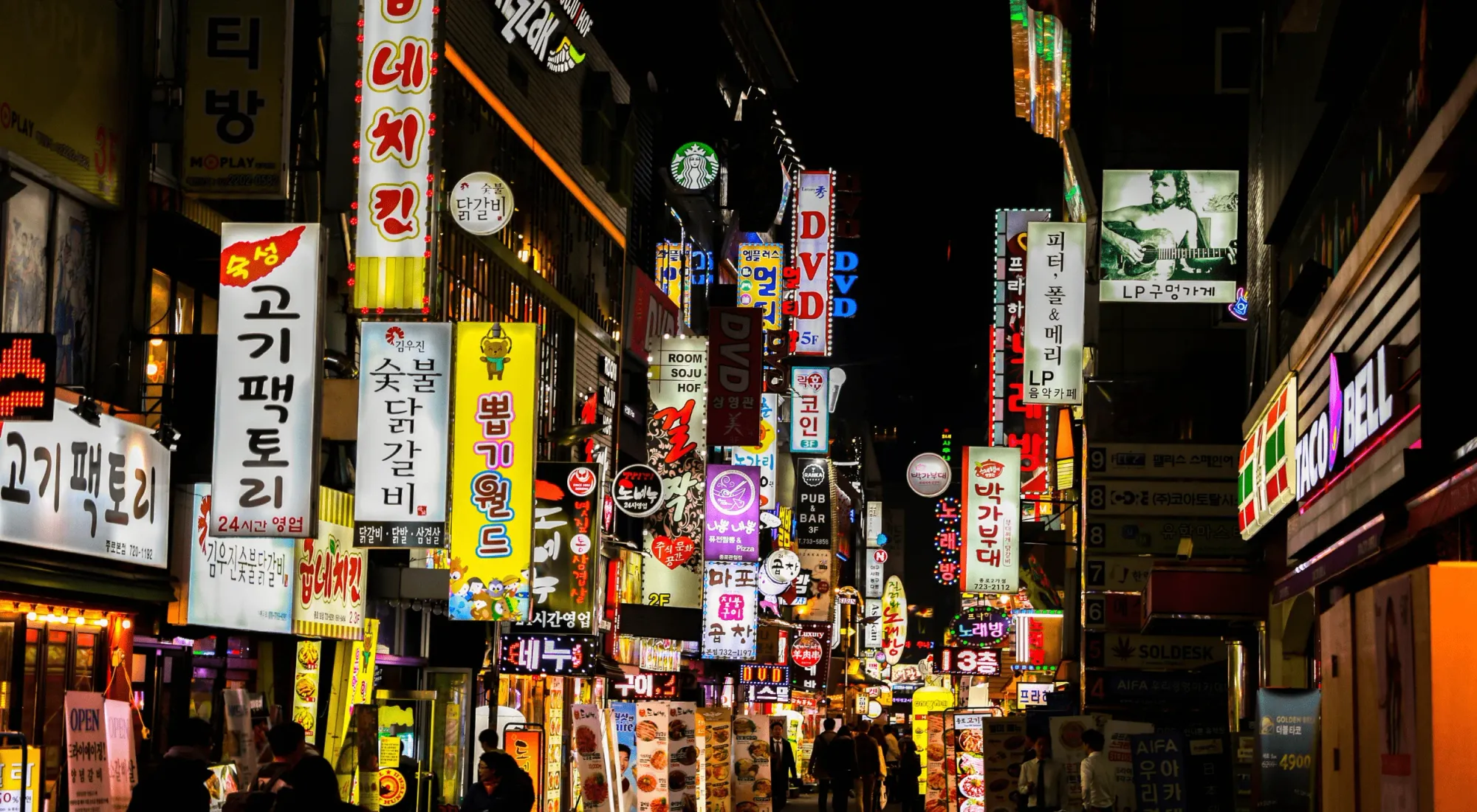
Drinking Costs
Coffee culture is crazy in South Korea, there are coffee shops everywhere. Though, coffee can be a bit pricey and starts at around $4 USD. If you fancy a drink, a bottle of soju can be found at $1.50 USD in convenience stores and from $4 USD in restaurants.
Other Useful Info for Digital Nomads in Seoul
How Do You Get to Seoul?
The best way to access South Korea is to go by plane through one of the two main airports: Incheon and Gimpo. There are direct flights from most major hubs in the world, but more often than not you might have to make a quick connection somewhere on your way.
From Incheon Airport (인천)
The main international airport to get to Seoul. You have mainly three options to reach the city center (Seoul Station):
- Express train/subway: 55min, 11,000 KRW ($8 USD)
- Regular train/subway: 1h 15min, 4,500 KRW ($4 USD)
- Bus: 1h 15min, 17,000 KRW ($13 USD)
From Gimpo Airport (김포)
The main national airport to get to Seoul, with some international flights. From there, only the regular train/subway is worth it in my opinion:
- Regular train/subway: 35min, 1,600 KRW ($1.20 USD)
How Do You Get Around Seoul?
The subway will be your best friend during the daytime, and the bus during nighttime (usually from midnight to 6am).
One important thing to know: you need a transport card (e.g. TMoney), and it can be charged only with cash, from a subway station or any convenience store (e.g. CU, 7-Eleven, GS25). In most cases, you will be under 20 minutes by foot from a subway station and most subway stations are connected by buses as well.
For using the metro, simply tap your card at the gate when getting in the station and tap it again when getting out. For using the bus, tap it on the scanning device inside the bus when you get in, and remember to tap it as well when you get out!
When is the Best Time to Visit It?
Seoul is best enjoyed in the spring (April) when the city's trees and flowers are in bloom. If you enjoy hiking, autumn (September/October) is also an excellent time to visit, as the weather is mild and the scenery is breathtaking.
Summer (June-August) and winter (December-February) are nice as well, but the weather can be a little bit tougher on you: rainy, hot, and humid summers and very cold (-20C) winters. However, there's still something magical when it snows over Seoul.
What is Some Must Try Food?
Something great about the Korean food culture is that, by default, you share everything. So go ahead and order many different things. That way you can enjoy trying as much food as you can.
Some must-eat are:
- KBBQ: A classic, as seen in most K-dramas
- Pork Feet: a classic as well, but less known by tourists
- Gamjatang: heartwarming pork & potato soup
- Grilled fish: with its many side dishes
- Jjigae: delicious soups of all kinds
- Kalguksu: fresh-cut noodle soup
- Ramen: I could not skip that one!
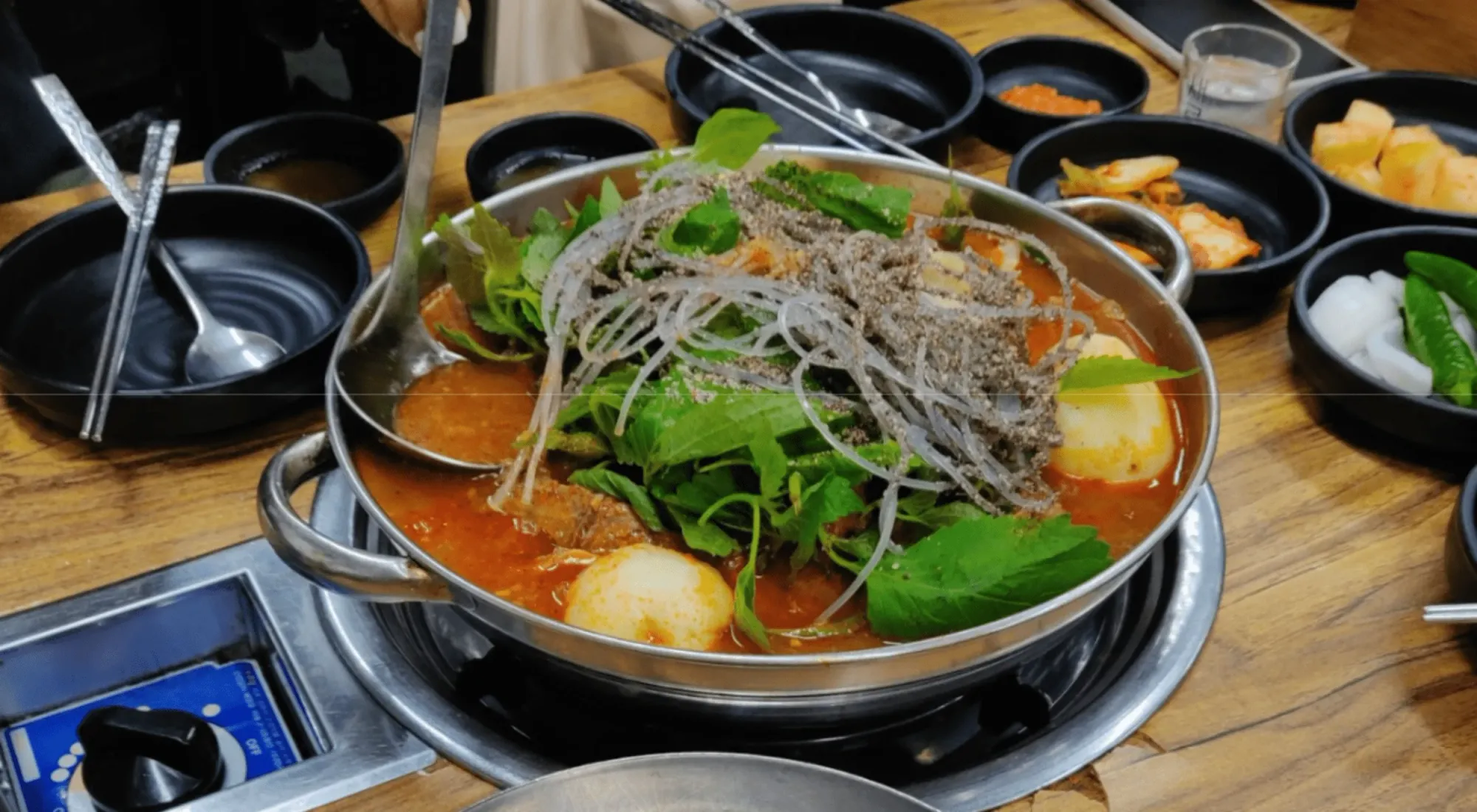
Cultural Conventions to Keep in Mind When Heading to South Korea
Korea's amazing, but things function a little differently there. No worries though, most things run smoothly for visitors. Just remember, you're the guest, so be cool, be curious, and show respect – that goes a long way.
Here's a cheat sheet for navigating like a local:
- Two hands are better than one: Whenever you hand something over, like a coffee or your credit card, use two hands. It's a small thing, but Koreans appreciate the respect.
- Forget the tip jar: Tipping isn't really a thing in Korea. If the service blows you away, order another round to show your love!
- The look of curiosity: Koreans might check you out a bit more than you're used to. Don't sweat it, a friendly smile is all you need.
- Shhh on the subway: Public transport is your quiet zone. Keep your voice down and avoid loud calls.
- Smoke breaks with zones: Gotta light up? Stick to designated smoking areas – puffing on the street is a no-no.
- Bump city: It can get crowded, so expect the occasional bump or nudge on the streets. You might not always hear a "sorry," but sometimes you get a whole explanation instead!
- Helping hand culture: Koreans are a helpful bunch, especially with elders. Don't be shy to accept a helping hand if offered.
- Chatty Cathy might say hi: Koreans are curious! Don't be surprised if someone strikes up a conversation – it's a cool way to experience the local vibe.
- Binocular vision is key: Public trash cans are rare, so hold onto your trash until you find one, or bring it back with you.
- Sniffles and slurps happen: Don't be alarmed by some natural body noises. Koreans tend to be more open about these things.
Do I Need to Speak Korean?
Strictly speaking: no, thanks to translation apps. But knowing a few sentences is not that hard and really goes a long way! Koreans will be pleased to see that you are making an effort.
Also, Korean has a very simple writing system (Hangul) that you can quickly learn and will help you massively daily. The nice thing is that it will also allow you to understand many Korean words because they are just transliterated from English (e.g. 스터디카페 -> seuteodikape -> study cafe).
What Are the Top Things to Do in Seoul?
From museums to hikes to cafe hopping, there are so many things to do in Seoul it can be quite overwhelming. Especially if you go there for just a few weeks. It’s worth taking a bit more time to truly enjoy the city if you can afford it. Here are what I recommend visiting:
1. Visit the Gyeongbokgung Palace & the Hanok Village
If you get the chance to be in Seoul during the Seoul Lantern Festival, go visit the Gyeongbokgung Palace during one of the performances to enjoy a spectacular light show on the walls of the main entrance of the Palace. Also, take some time to visit the traditional Hanok Village right next to the Palace.
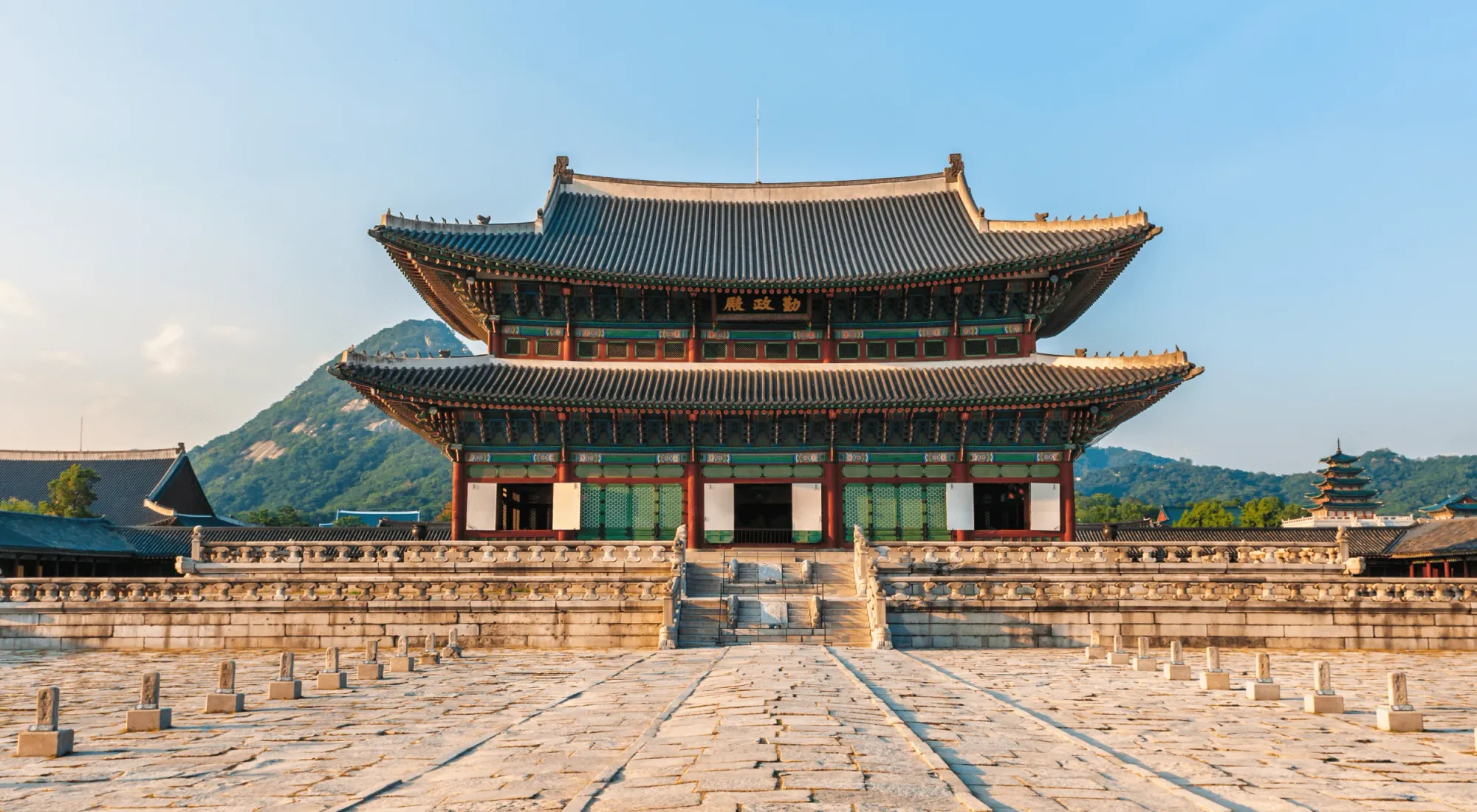
2. Wander in the many fancy department stores
No matter if you go to the LOTTE Department Store, Hyundai Department Store, or Shinsegae Department Store, your wallet will not be very thankful! These are some of the biggest fancy department stores the city has to offer and will be a feast to your eyes. Especially in winter when they are all decorated for Christmas time.

3. Explore the National Assembly Building & the Yeouido Park
When going out of the Yeouido subway station, take exit 3 and walk toward Yeouido Park. Take a stroll around the park before heading to the National Assembly Building. Despite the big walls and fences all around the National Assembly, you can actually enter the park of the National Assembly and explore from the outside the different parts of the Assembly.
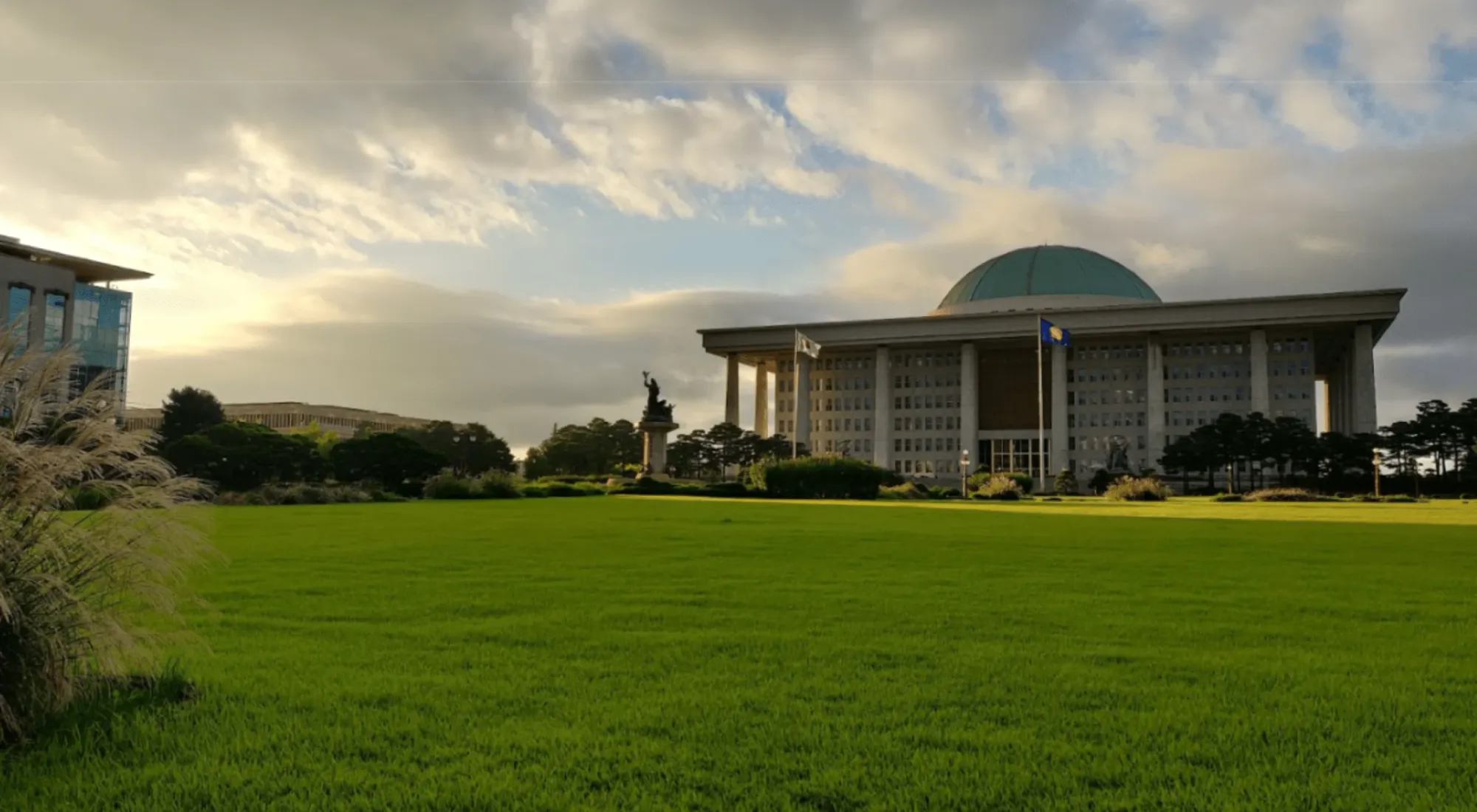
4. Go cafe hopping
Pick a neighborhood, any neighborhood, and simply get lost in the abundance of coffee shops. All prettier than the others, you can enjoy themed cafes such as an architecture cafe, a writer cafe/bar, some pet cafes, or even a poop cafe (yep, you heard that right!).
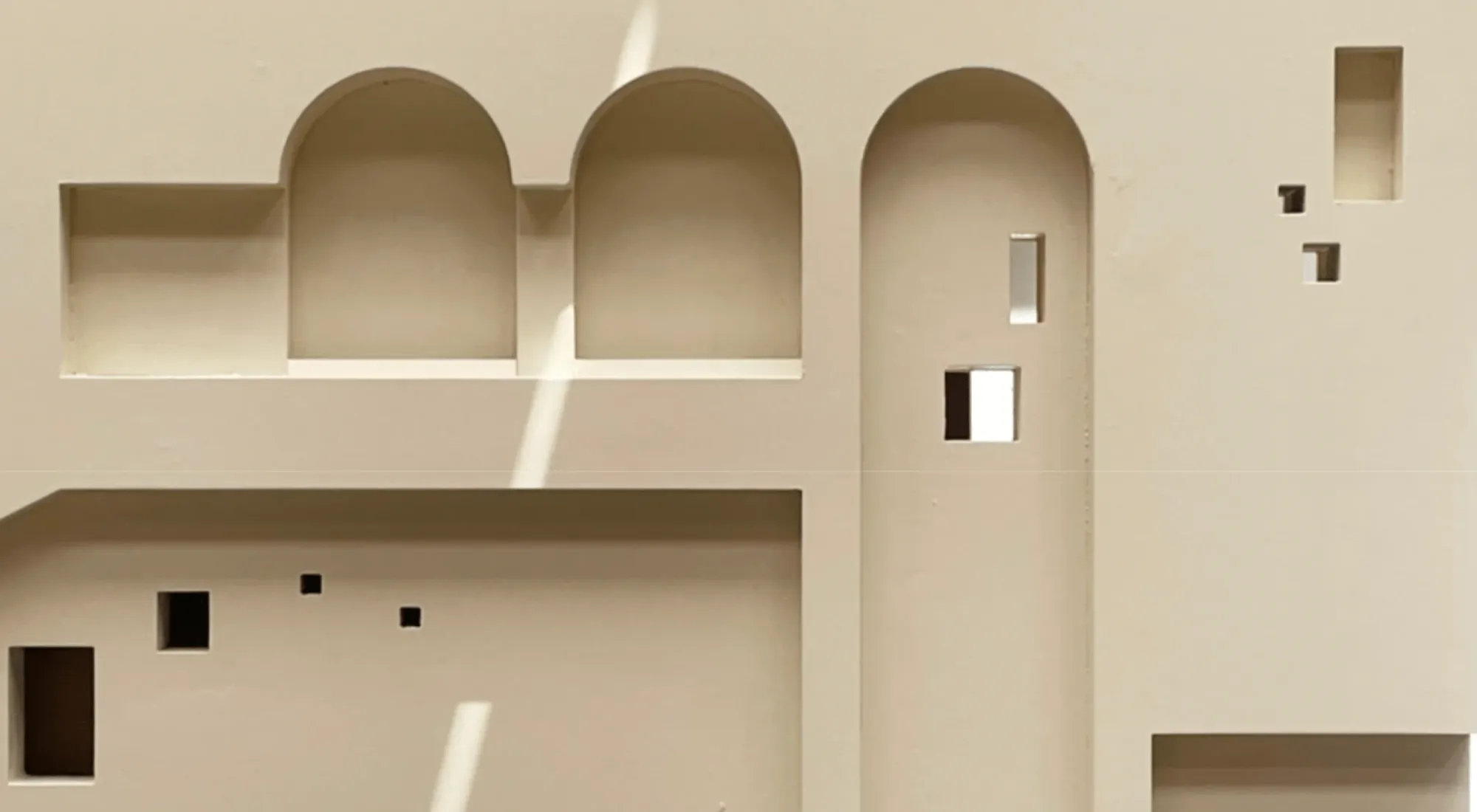
5. Enjoy street performances around Hongdae Street
In summer or winter, you will always find someone performing on the busy Hongdae Street. The street vibrates with dancers and singers showing off their skills. In between performances, you can walk around the street to enjoy some shopping and good street food.
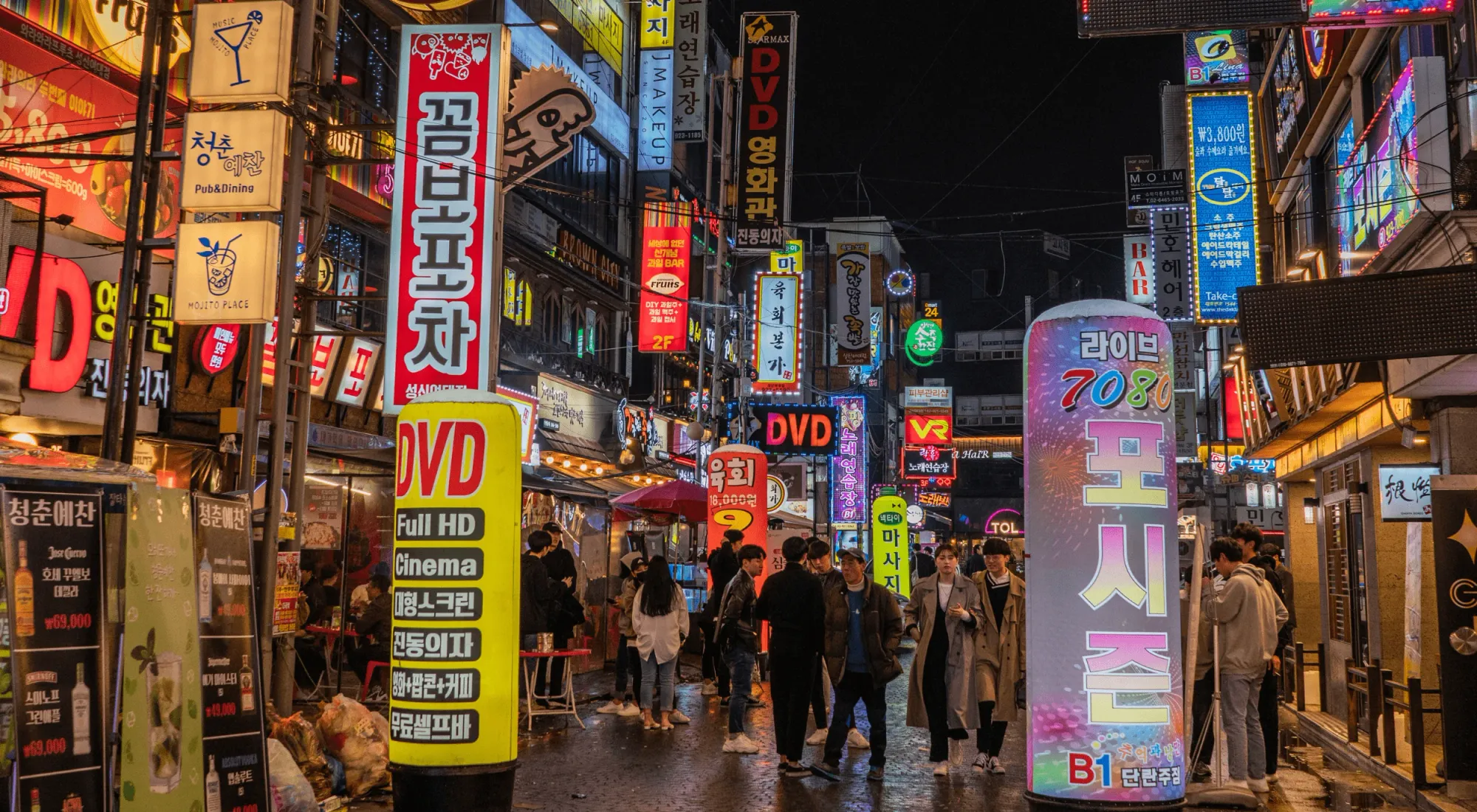
6. Hike Dobongsan or Bukhansan
Very close to Seoul, you can take the subway to go to the foot of two wonderful hikes with 360 views at the summit. The Bodongsan and Bukhansan peaks are moderate hikes with segments that are more steep. If you want to take your time to hike to the top, count at least 4h to do the full loop. As they are not too far from Seoul, be aware that there might be a lot of people doing these hikes, especially during the weekends and in the fall to enjoy the beautiful colors.
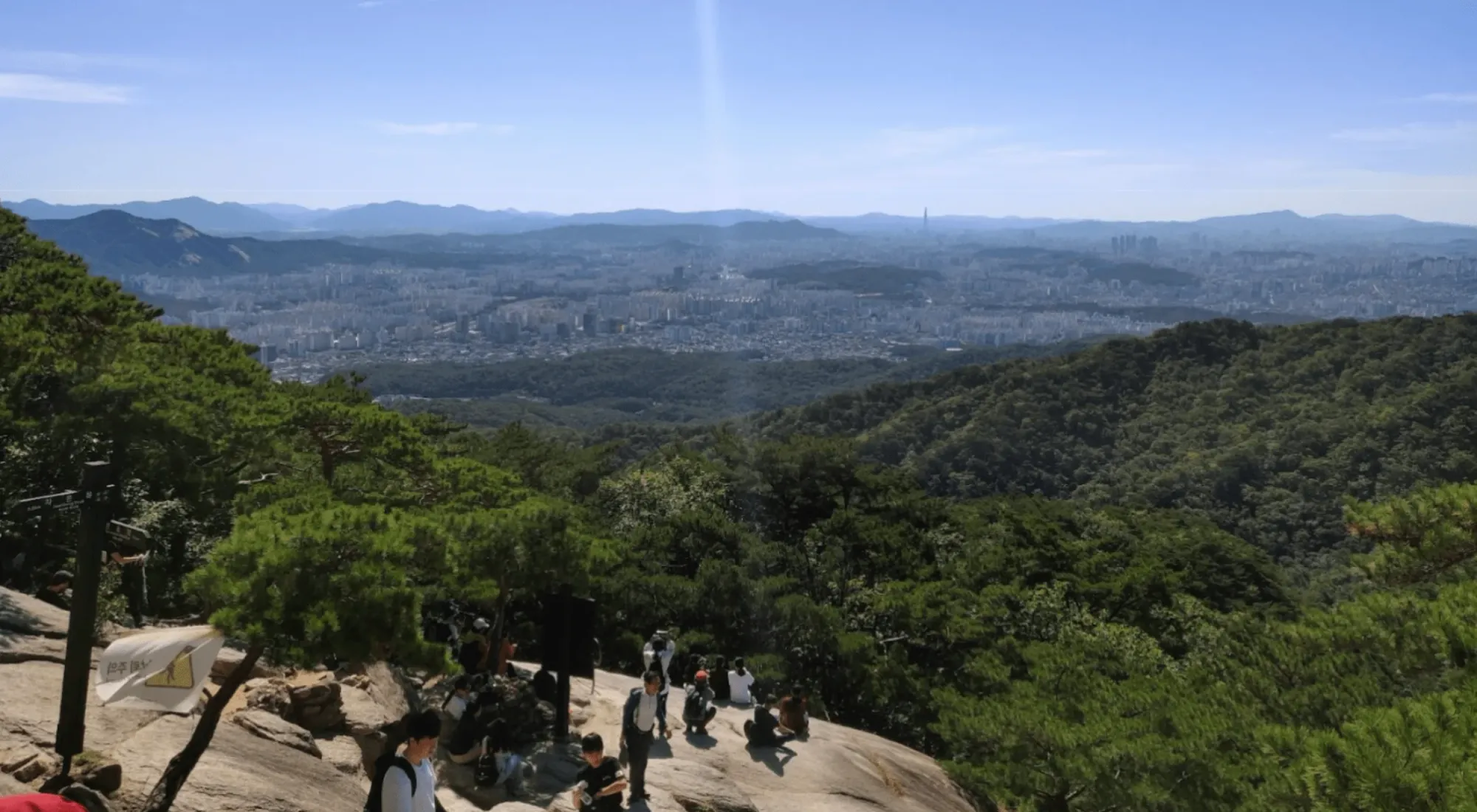
7. View the whole city from Namsan Tower
Quite popular, exploring the Namsan Tower can offer amazing views of the whole city. It might be worth noting that, if you can, avoid going there on the weekends as it will be very crowded. In my opinion, the best time to go there is early in the morning, just after the opening.
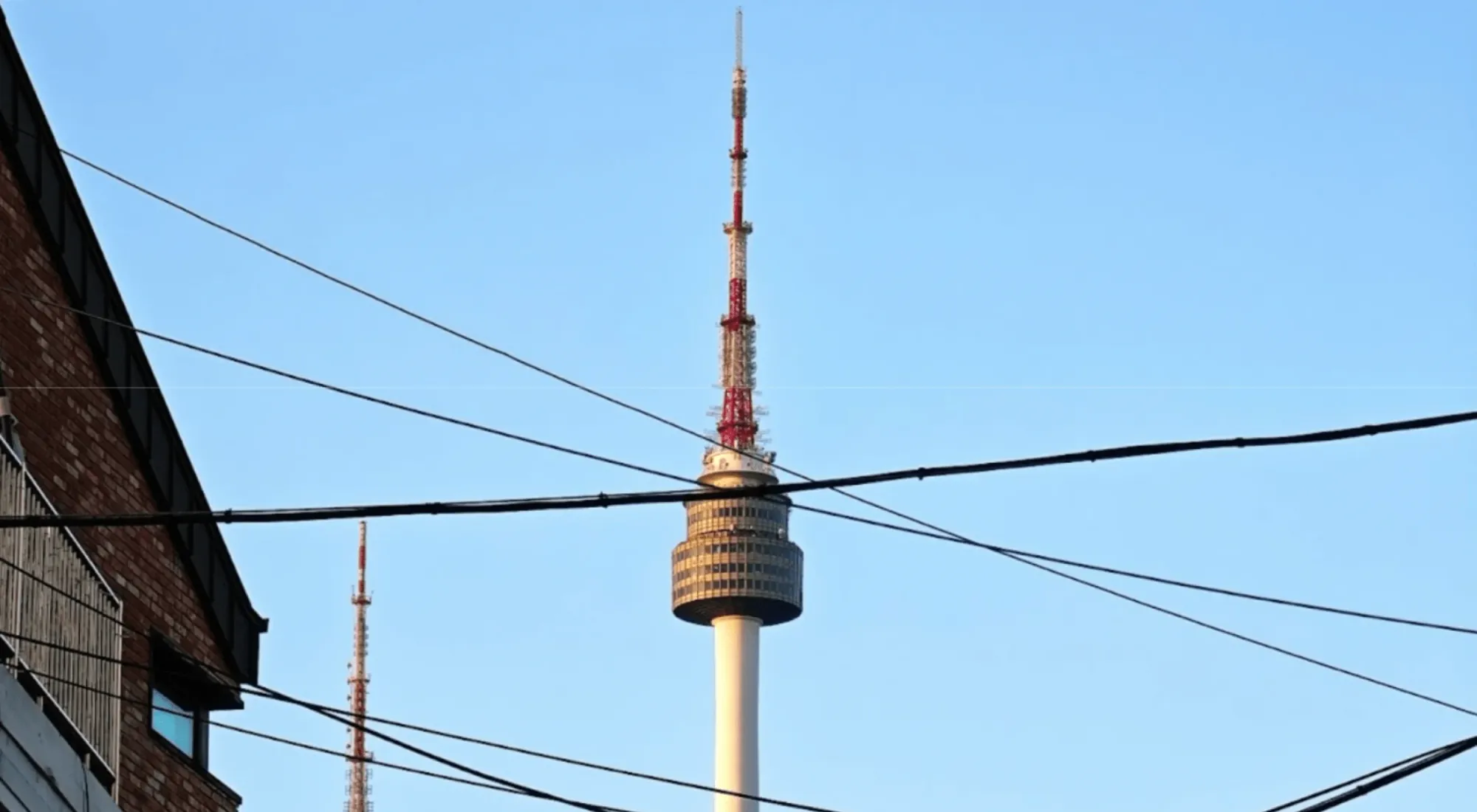
8. Visit the Demilitarized Zone (DMZ) near North Korea
Though I found it a bit awkward that you get to watch North Koreans through spy glasses just like if you were at the zoo, visiting the DMZ is still a must to honor all the lost souls and families who were split apart.
To discover the DMZ and learn more about the conflicts with North Korea, you have to book a guided tour. You cannot go on your own as only a few are authorized to visit the area. Unfortunately, you cannot go there if you hold a Korean passport; you have to be a foreigner!
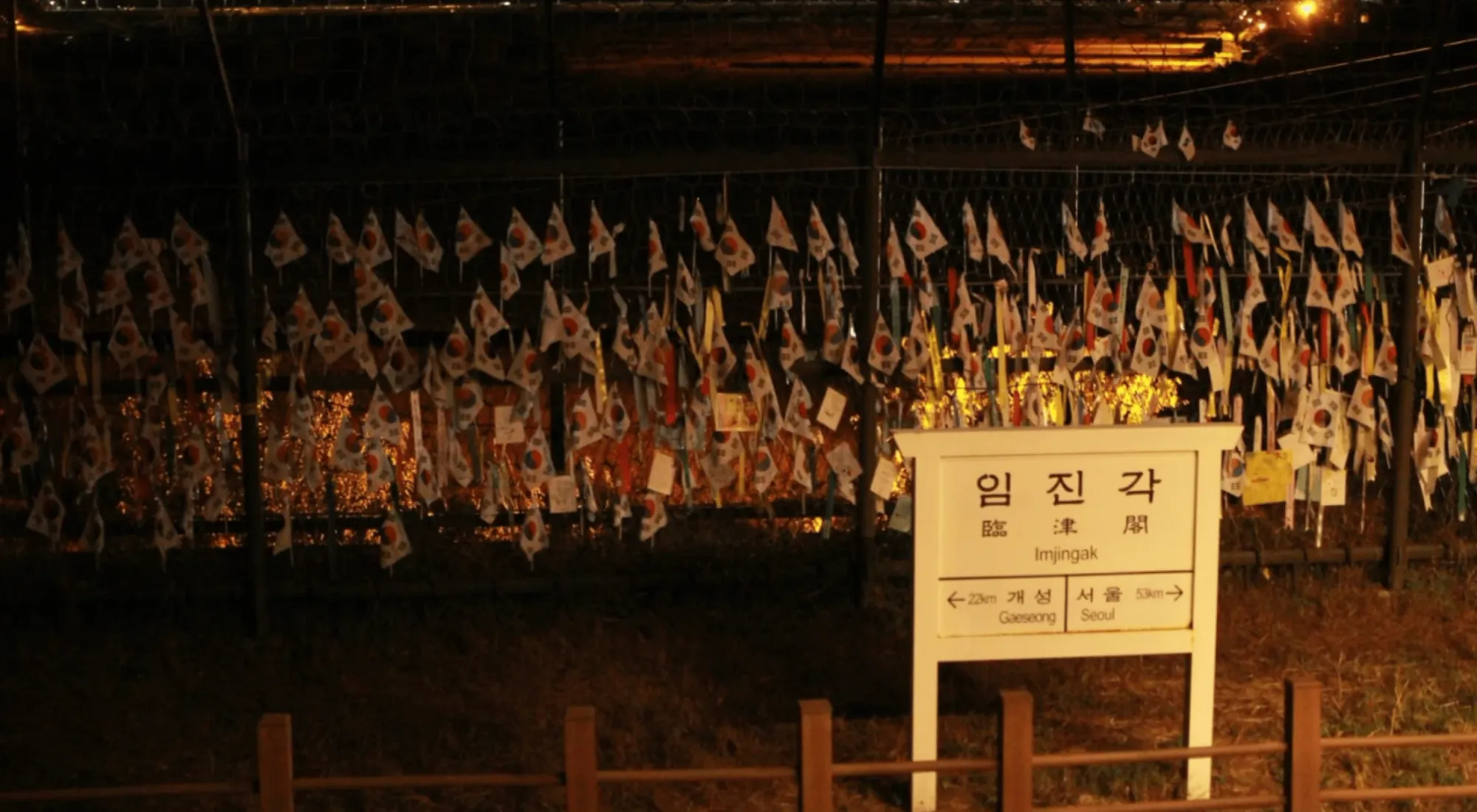
9. Thrift stores shopping in Songsu
Songsu is becoming a trendy neighborhood and is especially popular for thrift stores. You can go explore the area and its many stores before enjoying a good dinner.
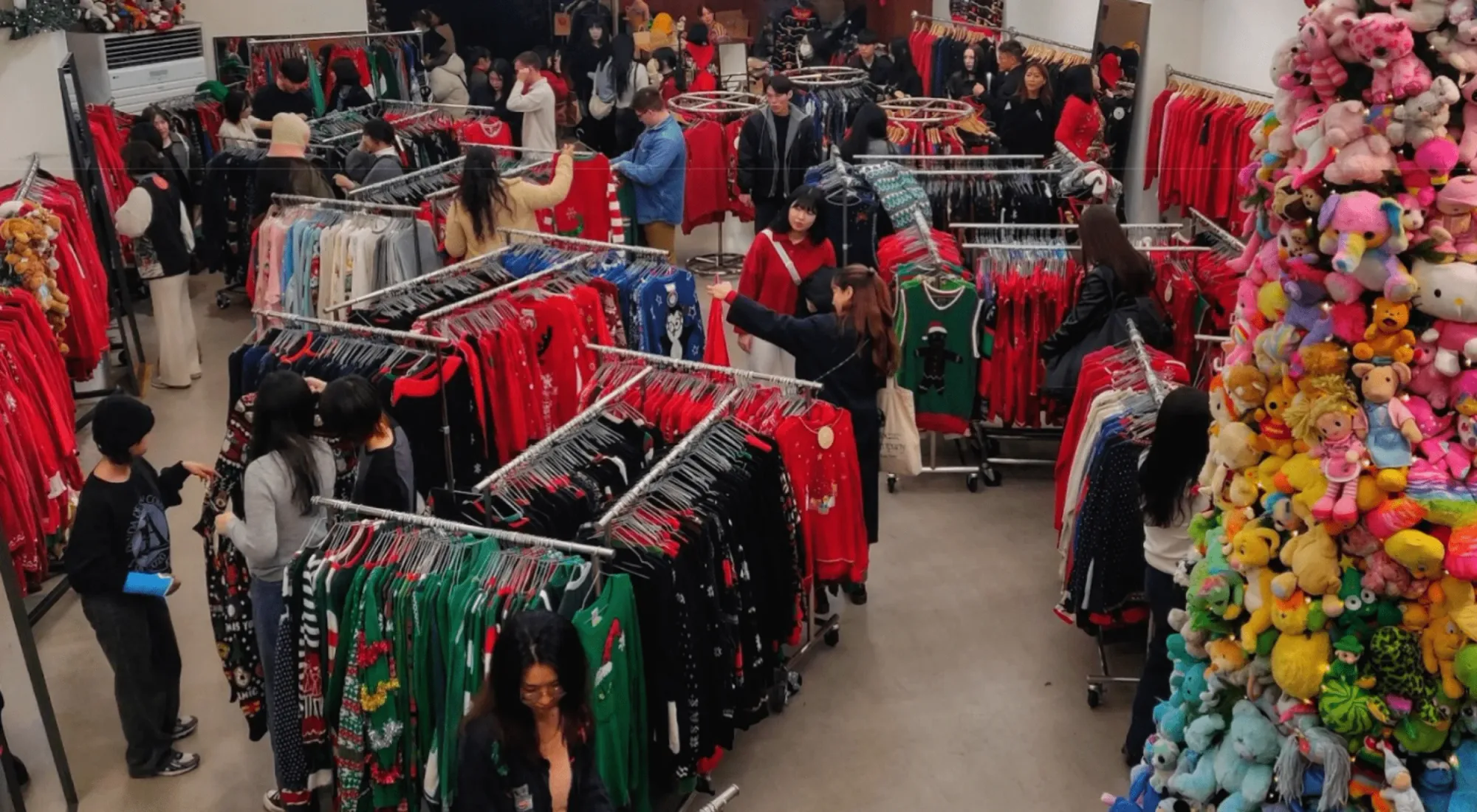
10. Visit the War Museum
South Korea and Seoul have quite a dark history and faced many wars, even long before the conflicts with North Korea. Getting lost in the War Museum can help you understand more about Korean culture and why they are where they are now. If you take your time to read and watch everything the museum has to offer, you might want to wear comfortable shoes and block at least 3 hours of your time.
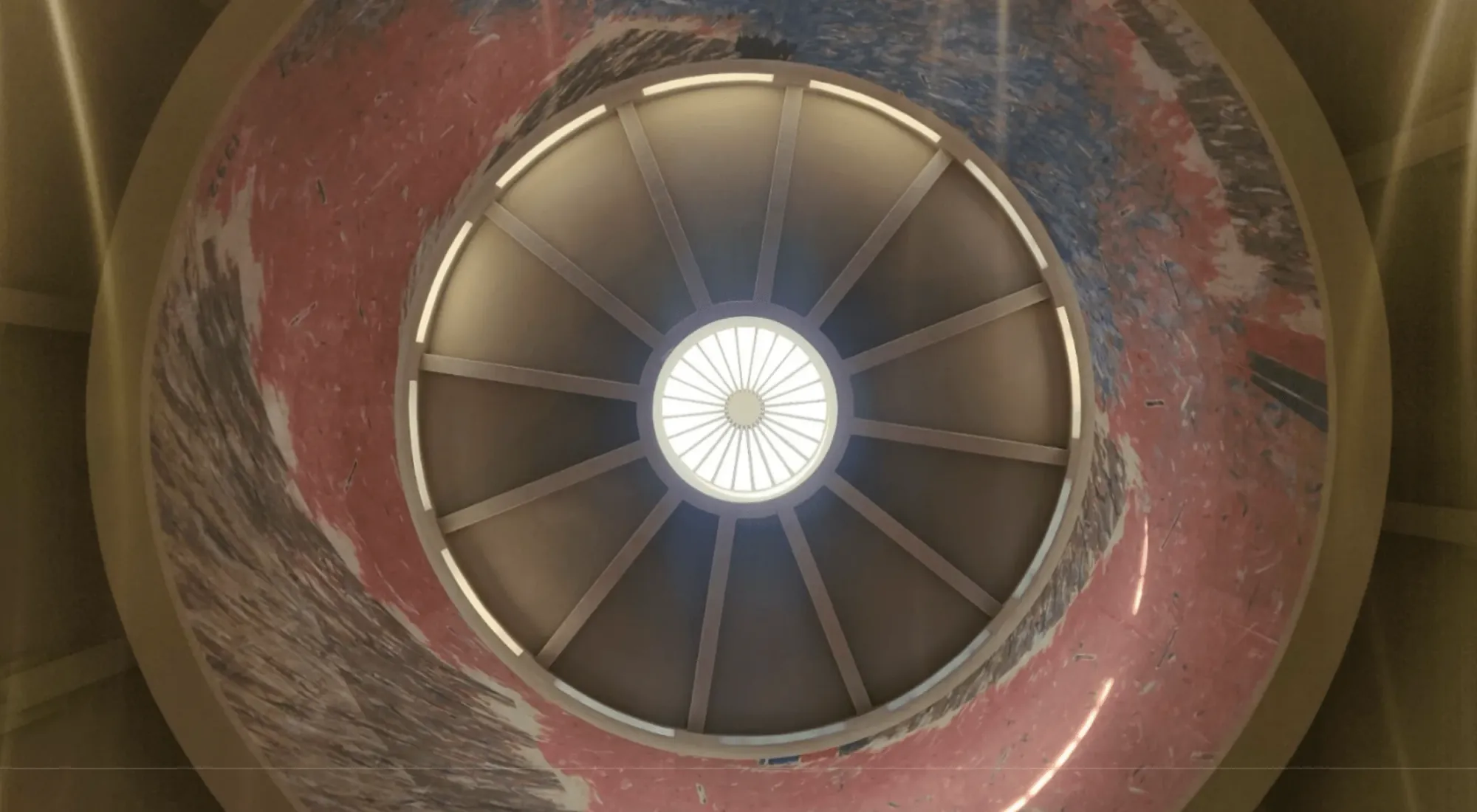
11. Sunset watching from a rooftop cafe
When the weather (and air pollution) allows it, Seoul can unveil breathtaking sunsets as the city prepares to go to sleep. You can enjoy these views from one of the many rooftop cafes in Itaewon, such as the Noop Cafe. Just be prepared to have a good walk as Itaewon streets can be very steep.
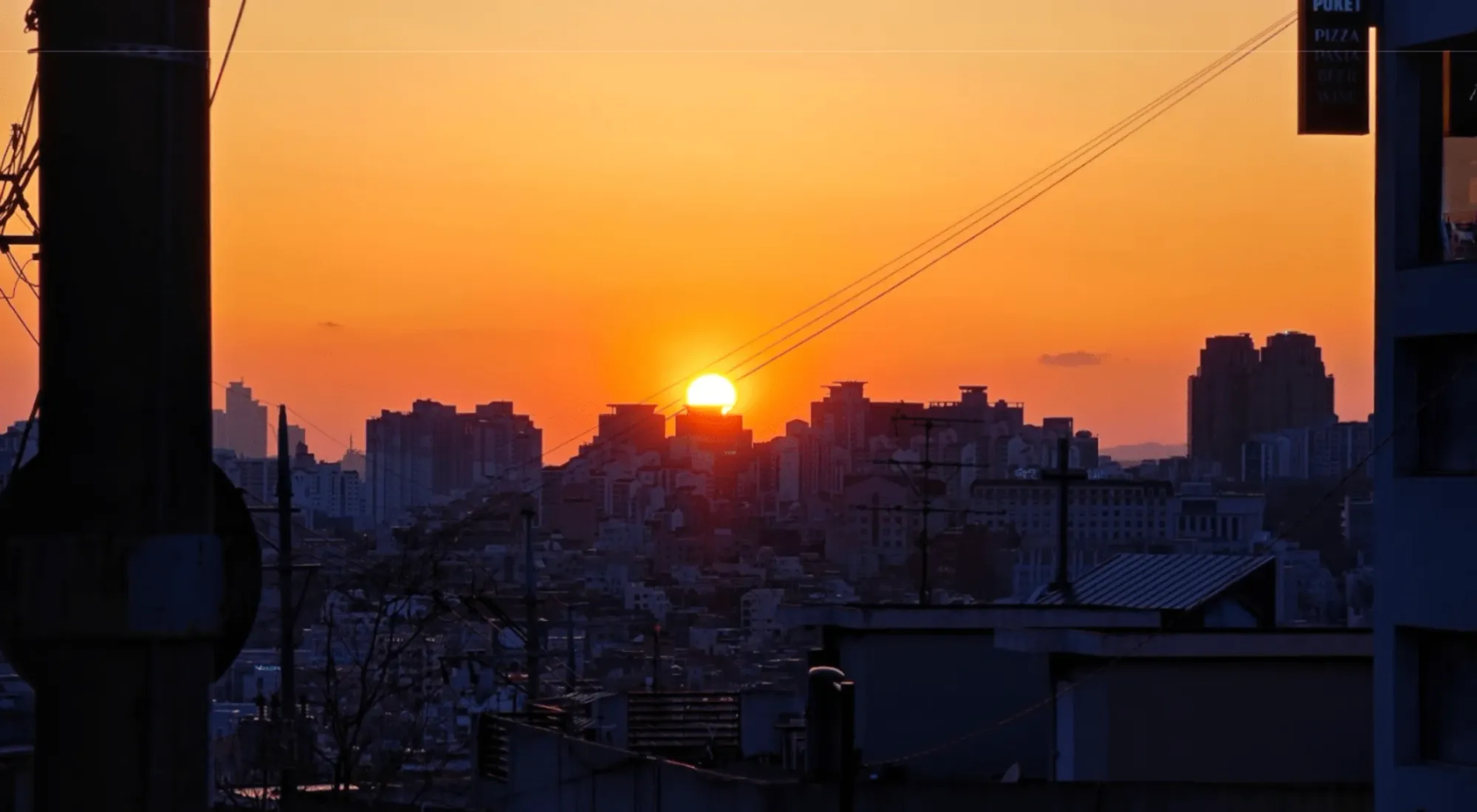
12. Burst your belly in the street markets & underground markets of Seoul
Namdaemun, Gwangjang, Dongdaemun, Seoul Folk Flea Market, Majang, Noryangjin, Tongin, Garak, Mangwon, the list never stops. You can also make a stop at Myeongdong & Gangnam stations, as they are home to two big underground markets where you can go shopping and find some good street food stalls as well.
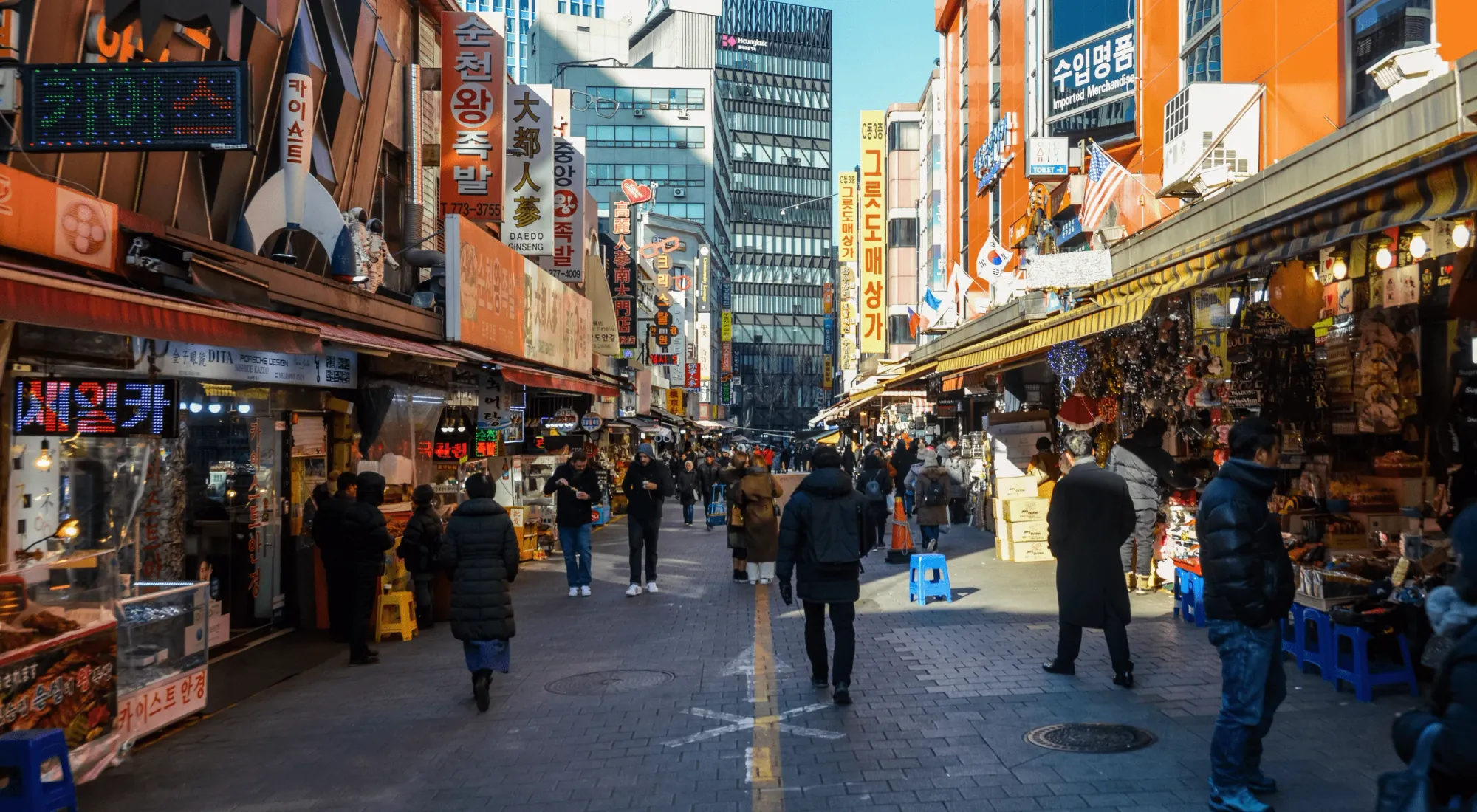
Ready to Make Seoul Your Next Nomad Destination?
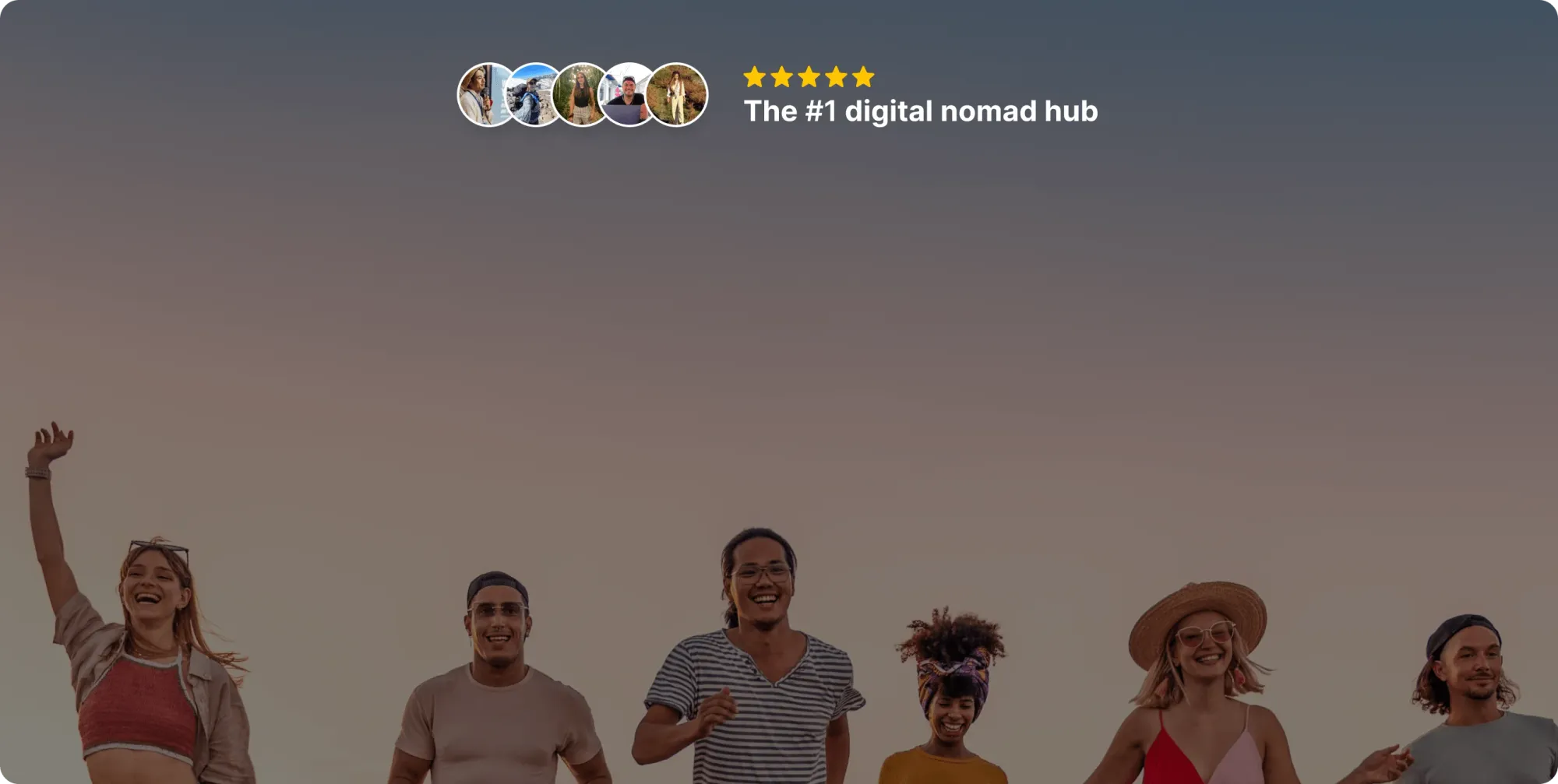
Join our global
digital nomad community
Join us for free
Freaking Nomads is supported by you. Clicking through our links may earn us a small affiliate commission, and that's what allows us to keep producing free, helpful content. Learn more


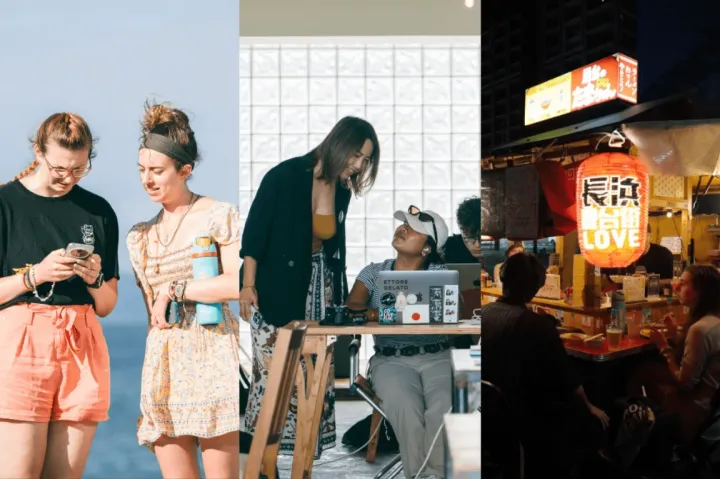
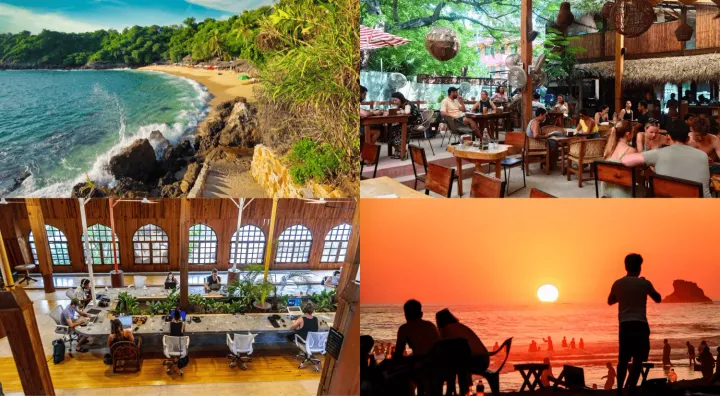

 Travel tips, hacks, and news
Travel tips, hacks, and news Exclusive travel discounts
Exclusive travel discounts Offers and promotions
Offers and promotions Digital nomad inspiration
Digital nomad inspiration Latest articles form our blog
Latest articles form our blog